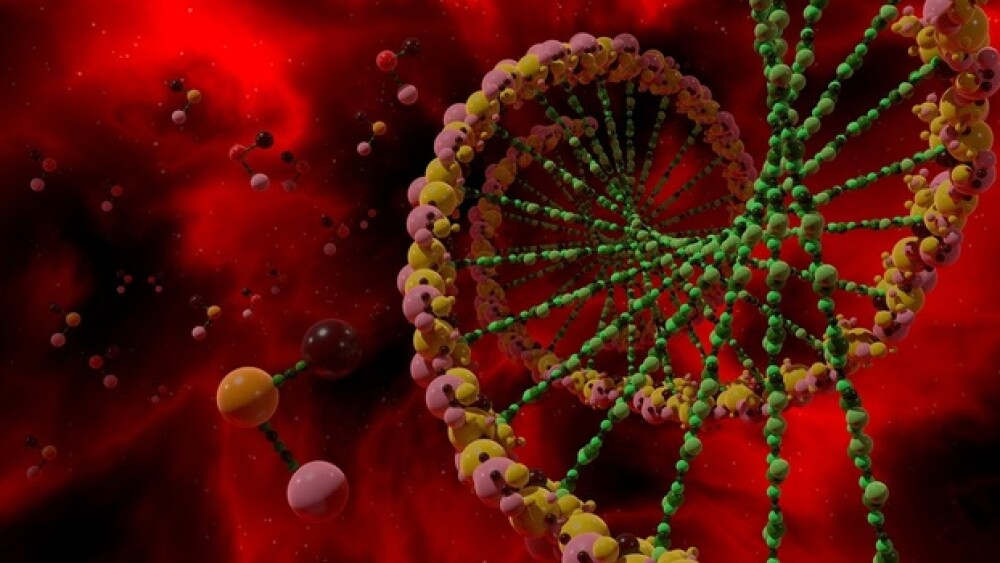Researchers at UCSF recently published research in the journal Science describing their use of a modified version of CRISPR gene editing to stimulate the activity of certain genes, resulting in the prevention of severe obesity in mice who had a genetic predisposition to extreme weight gain.
Can CRISPR be used to treat obesity? In mice, at least, it seems possible.
Researchers at UC San Francisco recently published research in the journal Science describing their use of a modified version of CRISPR gene editing to stimulate the activity of certain genes, resulting in the prevention of severe obesity in mice who had a genetic predisposition to extreme weight gain.
Of particular importance was that this long-lasting weight control occurred without edits to the genome.
CRISPR is a technique that can quickly and precisely edit sections of the genome. The human genome has two copies of every gene, one from each parent. Researchers have identified at least 660 genes in which a mutation in just one copy can lead to disease. Severe obesity is one of those conditions.
Two genes, SIM1 or MC4R, are critical for regulating hunger and satiety. Mutations in a single copy of either of these genes are frequently observed in people who are severely obese. When both copies of the genes function normally, the individual is typically able to control their food intake. But when one copy doesn’t function, these people have an uncontrollable appetite.
“We thought that if we could increase the dosage of the existing functional copy of the gene, we could prevent many human diseases in individuals harboring these mutations,” stated Nadav Ahituv, UCSF professor of bioengineering and therapeutic sciences and senior author of the study. “We were able to accomplish this by using a novel CRISPR-based technology developed right here at UCSF.”
That tech is called CRISPRa, with the “a” standing for activation. It was developed in the UCSF laboratory of Jonathan Weissman, professor of cellular and molecular pharmacology. CRISPRa doesn’t make cuts to the genome, like traditional CRISPR does. It uses CRISPR’s “guidance system,” that researchers use to target a particular DNA sequence, but instead of cutting the DNA, it amplifies the activity of the gene.
In their mice model, they used CRISPRa to target gene sequences that regulate the activity of SIM1 or MC4R, and then used a virus as a vector to introduce the CRISPRa constructs into the hunger-control regions of the brain in their genetically engineered mice.
The result was the mice that received the constructs churned out more SIM1 or MC4R than those that didn’t. And the mice did not become obese.
“The results were dramatic,” stated Navneet Matharu, a researcher in the Ahituv lab and lead author of the study. “Mice that were missing one copy of the SIM1 gene received the CRISPRa injections at four weeks of age and maintained a healthy body weight like normal mice. Mice that didn’t receive CRISPRa injections couldn’t stop eating. They started gaining weight at six weeks of age, and by the time they were 10-weeks old, they were severely obese on a regular diet.”
They believe they could have reached similar results by using CRISPR to edit the mice genomes, but CRISPRa had several advantages. Those include not needing to make permanent changes to the genome. It also has the potential to treat diseases where gene editing isn’t an option.
Also, off-target effects associated with CRISPRa aren’t as likely to be as damaging as off-target effects with traditional CRISPR. A new study indicates that using CRISPRa to target promoter and enhancer regions of the DNA seems to prevent off-target effects.
They believe the technique could be used to treat diseases caused by microdeletions, where large chunks of chromosome segments are missing, by compensating for the missing material.
“Though this particular study focused on obesity, we believe our system could be applied to any situation in which having only one functional copy of a gene leads to disease,” Ahituv stated. “Our method demonstrates tremendous therapeutic potential for numerous diseases, and we show that we can achieve these benefits without making any edits to the genome.”
This research ties in nicely with recent work published by researchers at Flinders University in Australia. Working with mice, they removed a single gene known as RCAN1 and then fed them a variety of diets, including a high-fat diet. The mice did not gain weight, even after dramatically overeating high-fat foods over several weeks.
The research was published in the journal EMBO Reports.
“We know a lot of people struggle to lose weight or even control their weight for a number of different reasons,” stated Damien Keating, who led the international research team. “The findings in this study could mean developing a pill which would target the function of RCAN1 and may result in weight loss.”
Basically, the mice whose RCAN1 gene was removed, were better at converting white fat—as a reminder, white fat stores energy, but too much fat storage, as most of us know, is not a good thing—into the healthy energy-burning brown fat. And a plus? This even happened when the mice were at rest.





